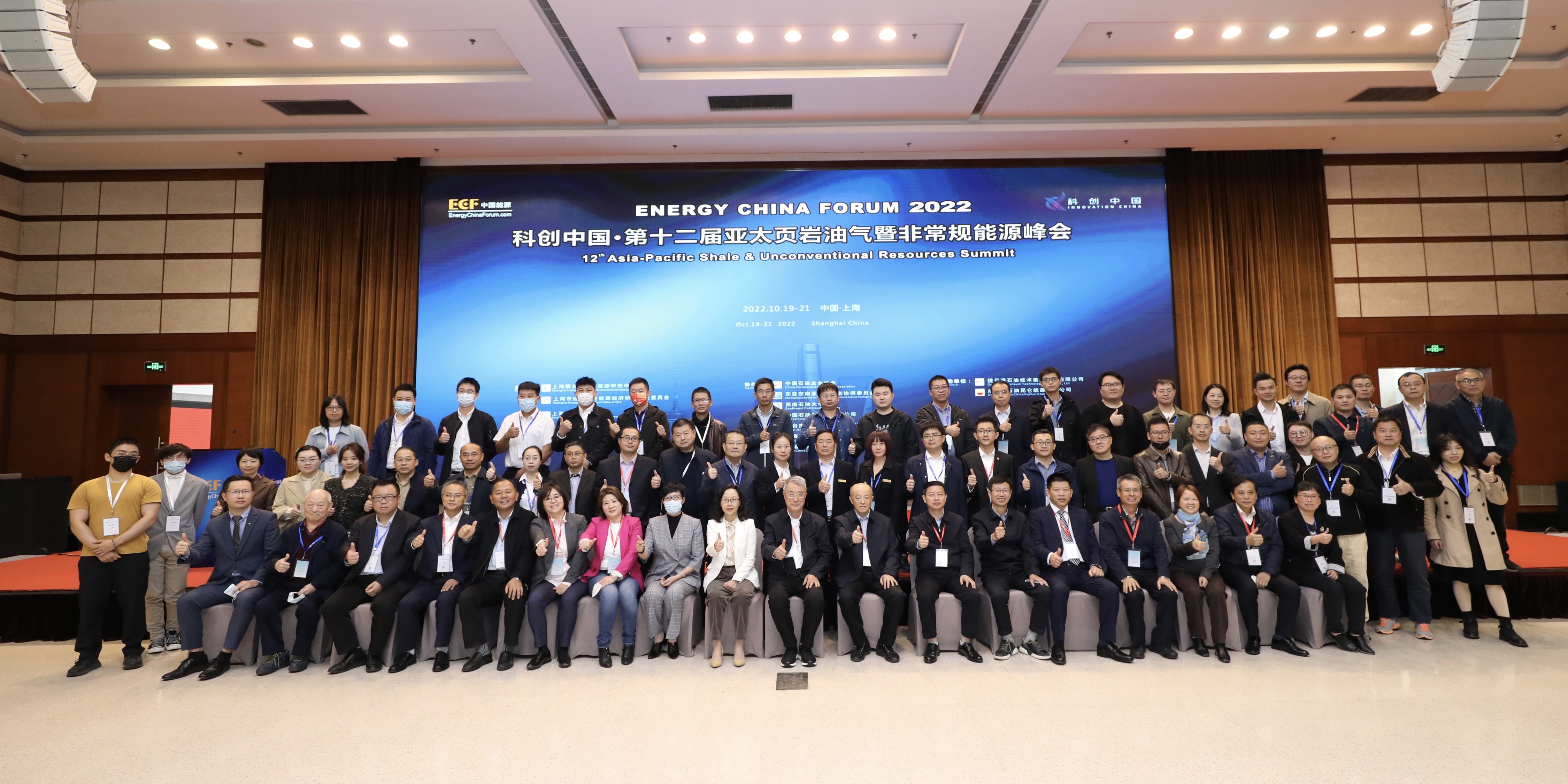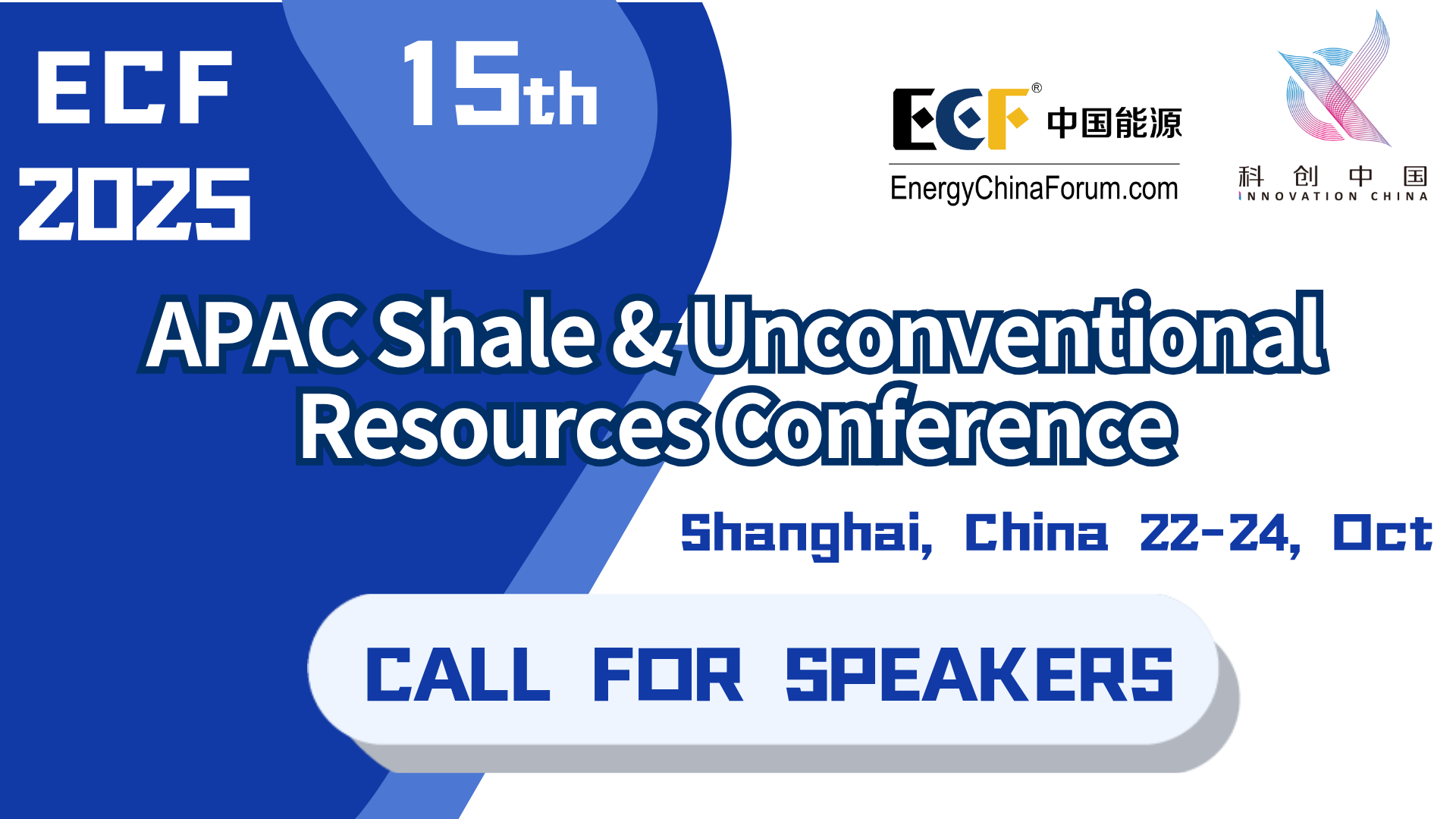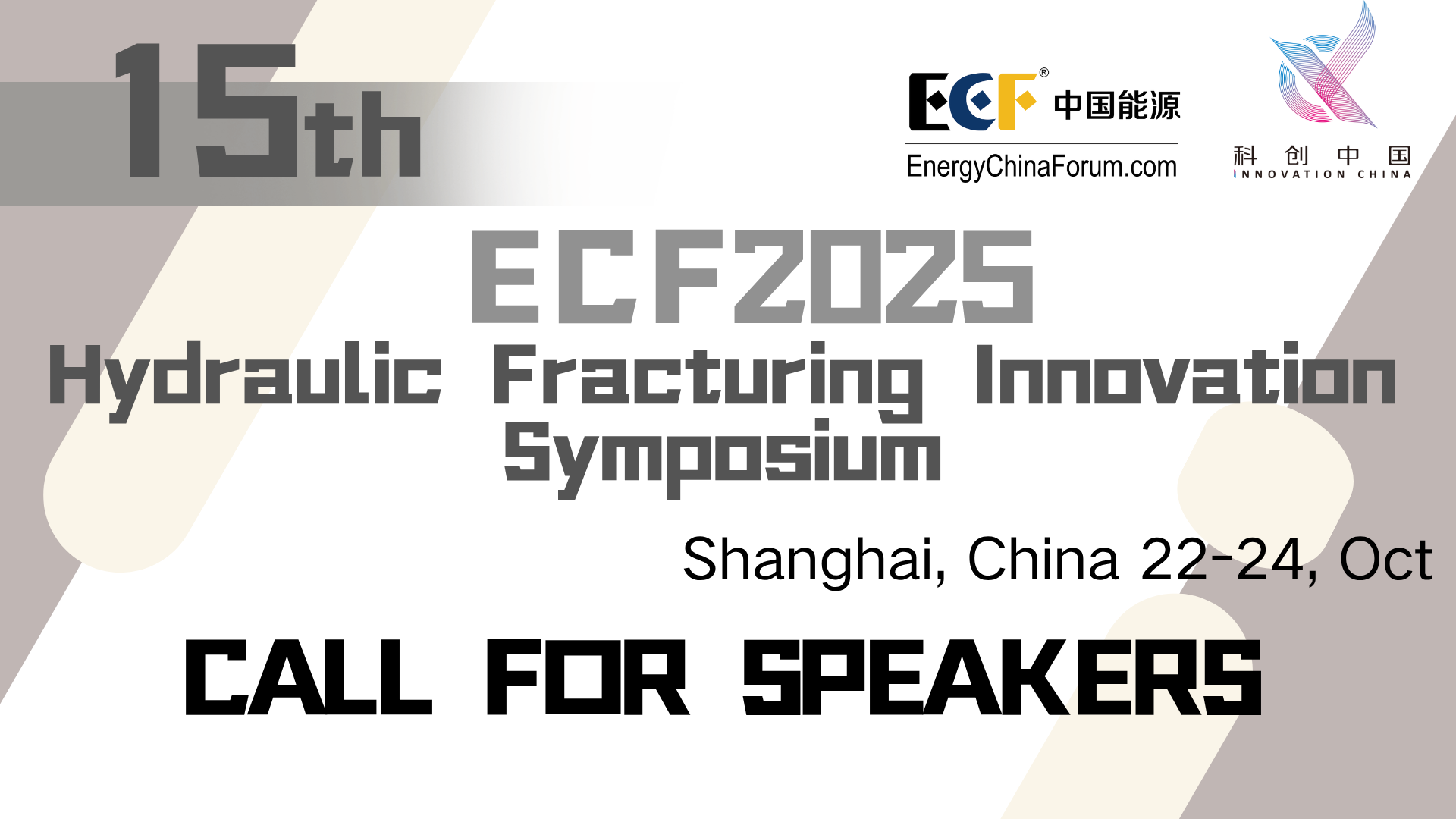The 10th ECF Tech Award-Technological Invention Award - Silver Award
Project: Haimou: Full-chain Safety Monitoring and Risk Assessment Technical System for Sub-seabed Carbon Sto
Company:Shanghai Advanced Research Institute
Project Title: Haimou: Full-chain Safety Monitoring and Risk Assessment Technical System for Sub-seabed Carbon Storage
Participating Enterprises: Shanghai Advanced Research Institute, Chinese Academy of Sciences; CNOOC Energy Conservation and Emission Reduction Monitoring Center Co., Ltd.
Award Received:Technological Invention Award - Silver Award
Achievement Level: International Advanced Level
Project Number: ECF-2025-SET-1021
Main Participants: Song Xuexing, Lu Di, Sun Nannan, Wang Yongchang, Shen Guofei, Wang Di, Zhang Long

Expert Review Comments:
International advanced level. This project addresses the national “dual-carbon” strategic needs by establishing a comprehensive, full-chain safety monitoring and risk assessment technology system for submarine carbon sequestration. It innovatively achieves integrated, multi-dimensional monitoring from the seabed to the sea surface. Through multi-field coupled numerical simulations, the project reveals CO₂ migration patterns and hydrate stability mechanisms. Optimized algorithms enable precise deployment of monitoring points, while the combination of multiphase flow simulation and physics-informed neural networks allows rapid inversion and intelligent assessment of leakage rates based on bubble morphology. The project has also developed high-precision offshore CO₂ online monitoring technology, significantly improving monitoring efficiency and safety assurance for subsea carbon storage. These achievements provide a systematic, full-lifecycle risk control solution for CCUS (Carbon Capture, Utilization, and Storage) projects, demonstrating strong scientific innovation and broad application potential.
Main Innovations:
The project establishes a full-chain safety monitoring and risk assessment technology system for submarine carbon sequestration, realizing systematic monitoring innovation from seabed to sea surface.
Through multi-field coupled numerical simulations, it reveals CO₂ migration patterns and hydrate stability behavior.
By employing optimization algorithms, it achieves precise deployment of subsea monitoring points, improving leakage detection efficiency and reducing operational costs.
Integrating multiphase flow simulation with physics-informed neural networks, it enables rapid inversion of leakage rates based on bubble morphology.
The development of high-precision offshore CO₂ online monitoring technology provides comprehensive and intelligent safety assurance for CCUS projects.
Main Uses and Technical Principles:
In response to global climate challenges, this project focuses on the safety of submarine carbon sequestration, constructing an end-to-end monitoring and risk assessment technology framework to ensure the long-term and secure storage of CO₂ in subsea geological formations—supporting the realization of China’s “dual-carbon” goals.
By applying multi-field coupled numerical simulations, the project accurately analyzes CO₂ migration behavior. Combined with optimized algorithms, it allows the efficient and cost-effective placement of seabed monitoring points, significantly improving leakage detection sensitivity. Using multiphase flow simulation in conjunction with physics-informed neural networks, the project achieves rapid inversion and precise quantification of CO₂ leakage. Meanwhile, the development of high-precision offshore CO₂ online monitoring technology ensures full-coverage, intelligent supervision from the seabed to the sea surface.
This integrated system provides a comprehensive safety solution for global marine carbon sequestration efforts, combining environmental risk prevention with ecological protection, and offering dual scientific and practical value.
Technical Applications:
The project has supported the CNOOC Energy Conservation and Emission Reduction Monitoring Center Co., Ltd. in conducting leakage monitoring and evaluation, utilizing numerical simulation methods to reduce the need for extensive experimental validation and thereby cutting analytical costs substantially.
According to the evaluation results of the China Geological Survey, China’s offshore sedimentary basins possess an estimated carbon storage potential of 25.8 trillion tons, which will strongly contribute to decarbonization efforts in coastal regions. In the future, large-scale deployment of subsea geological carbon sequestration is expected, with safety monitoring systems becoming indispensable components of these operations. The associated economic benefits are projected to reach tens of billions of yuan, underscoring the project’s significant technical, environmental, and commercial impact.




